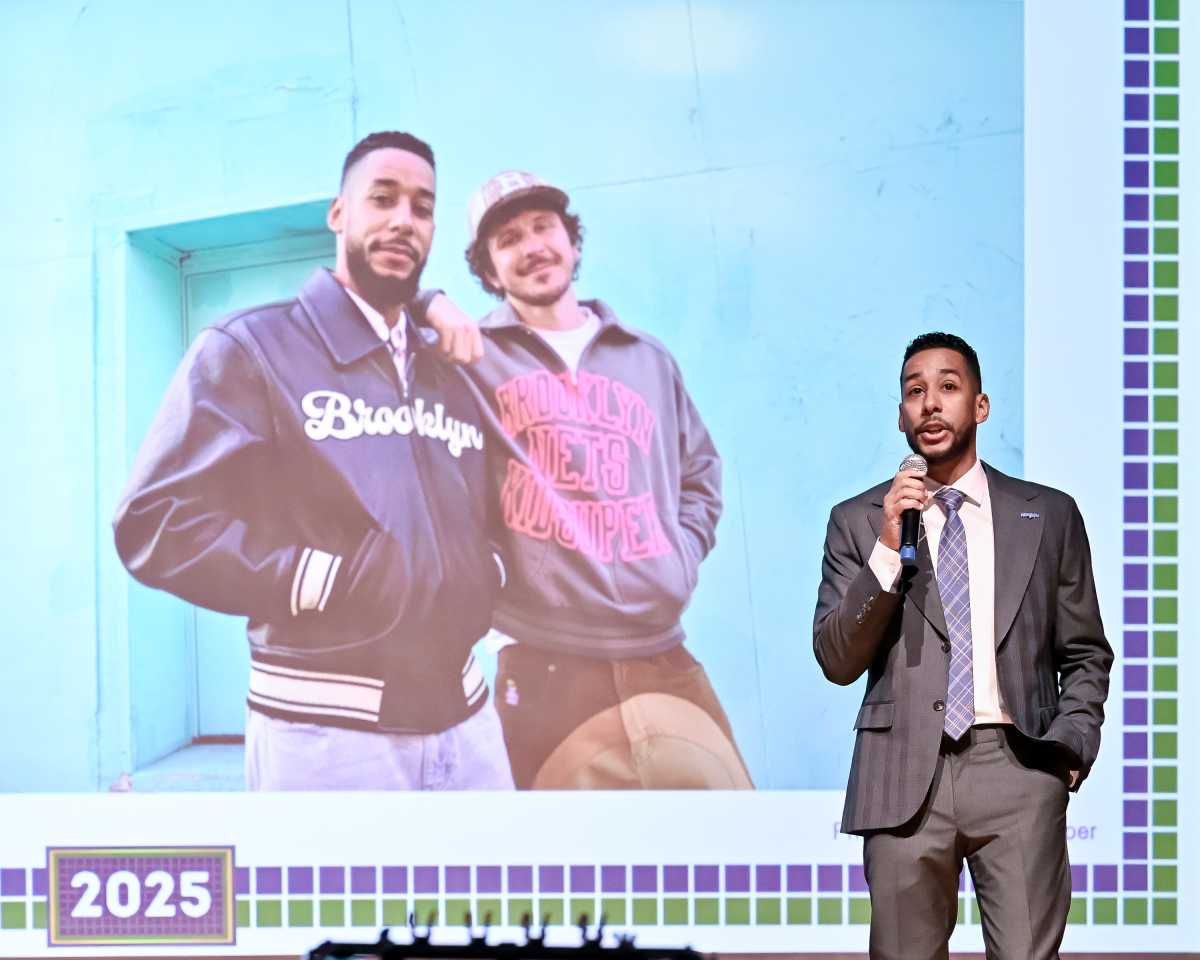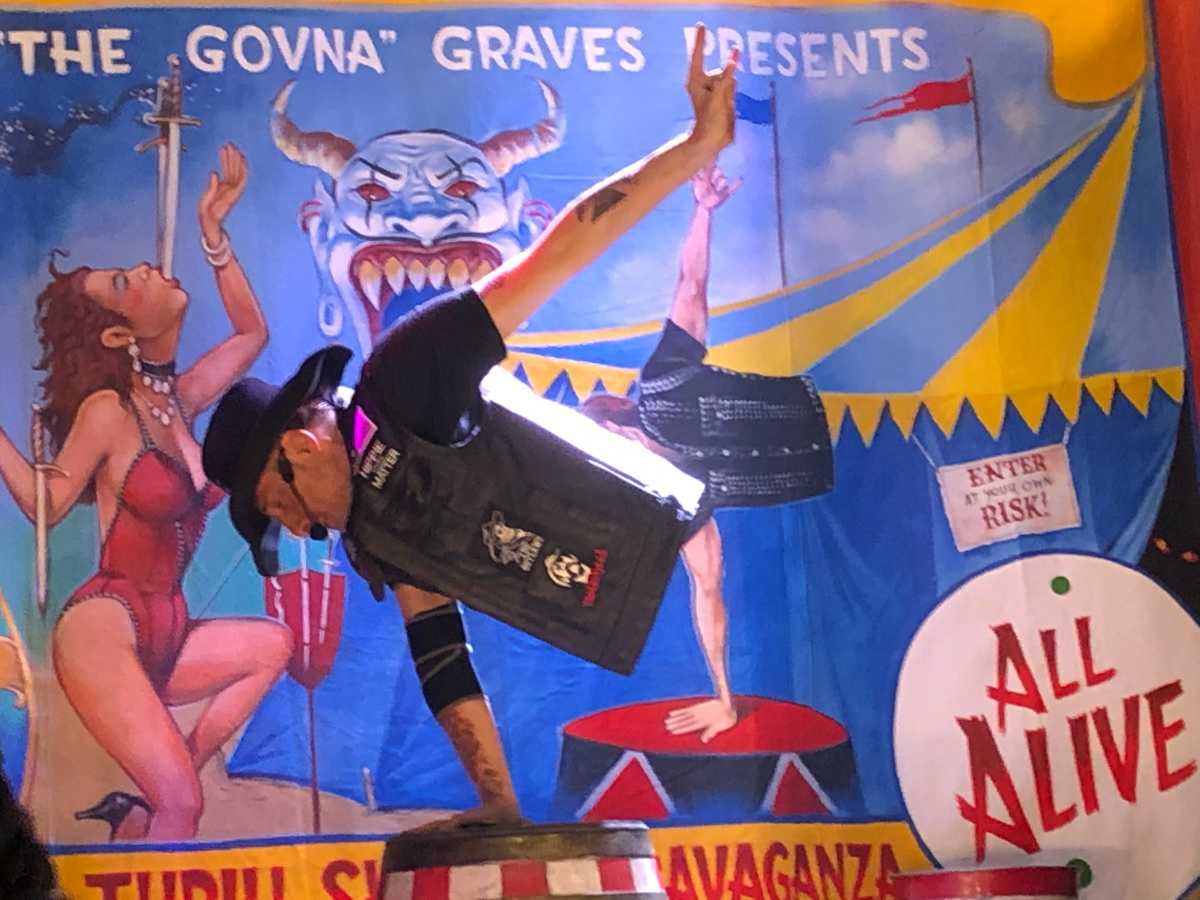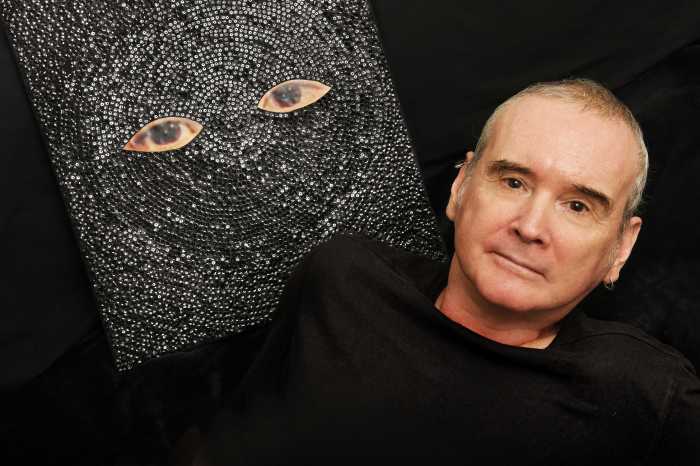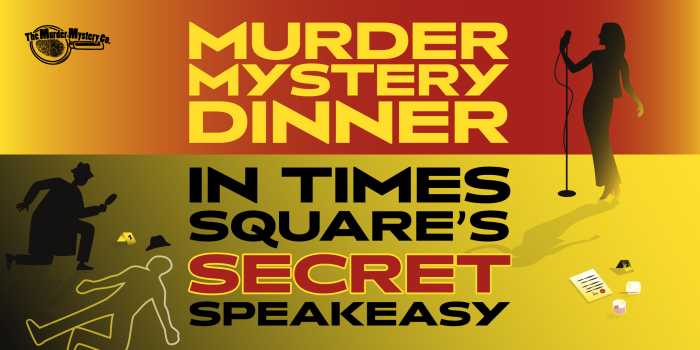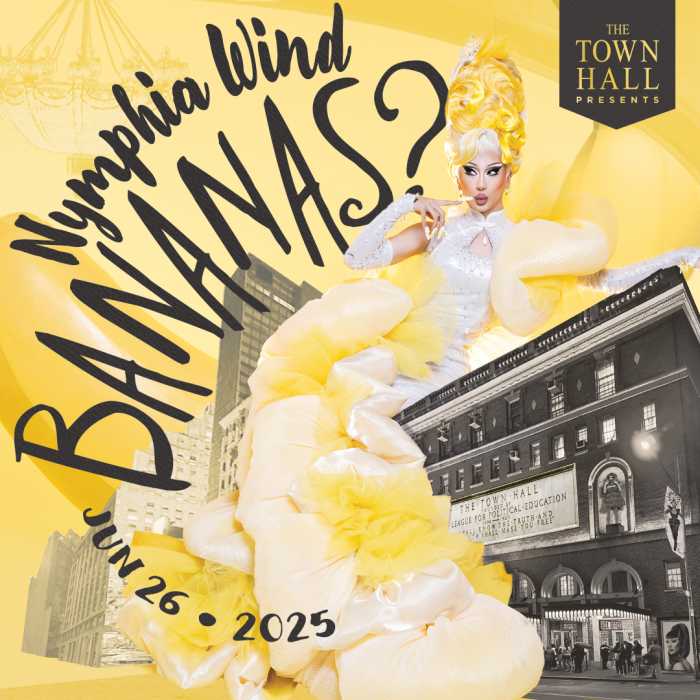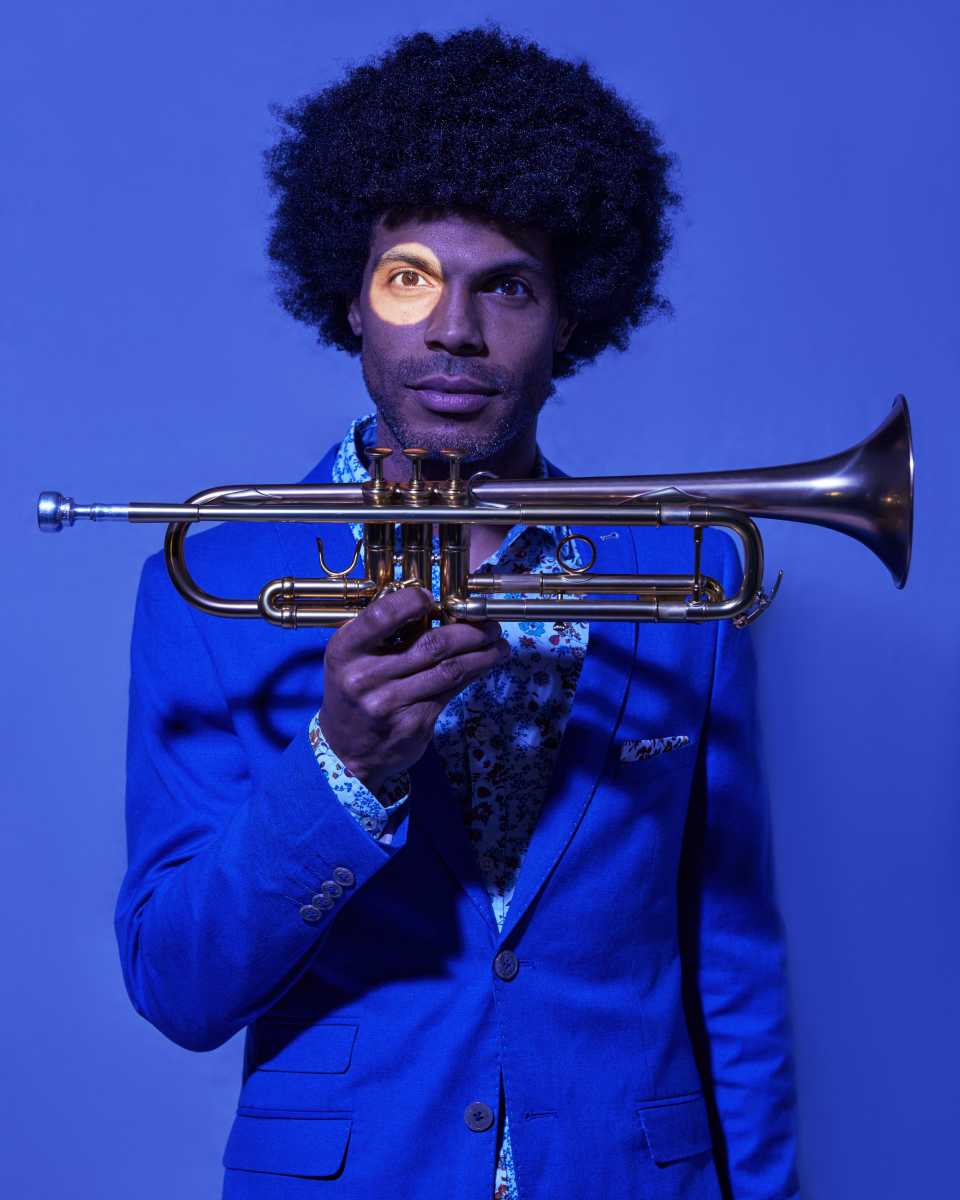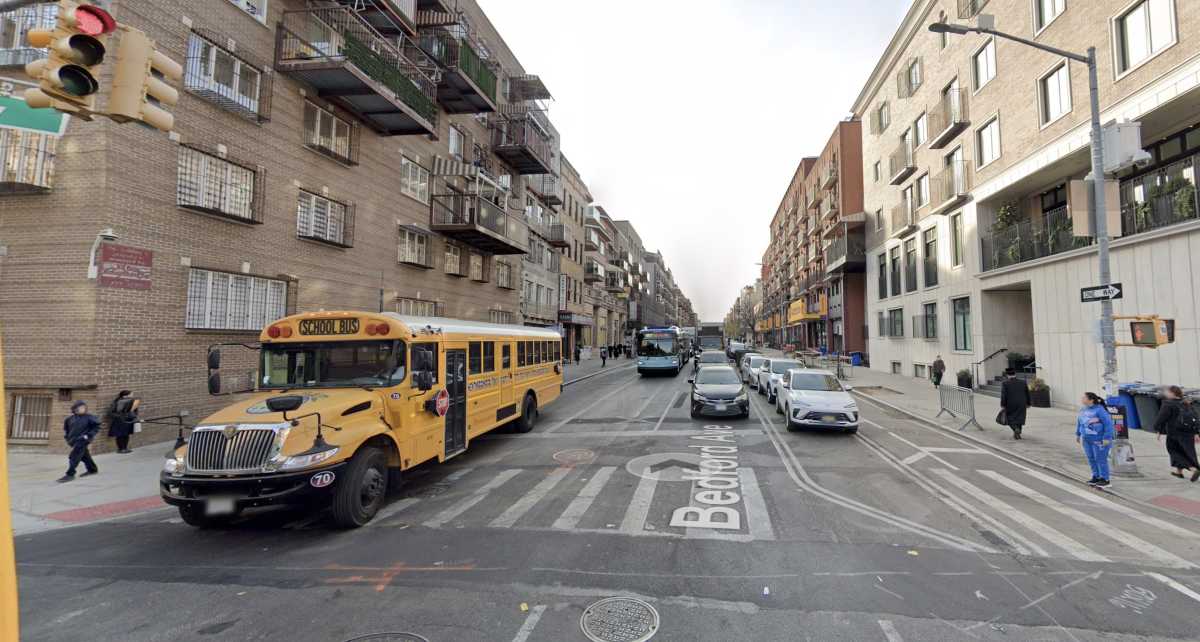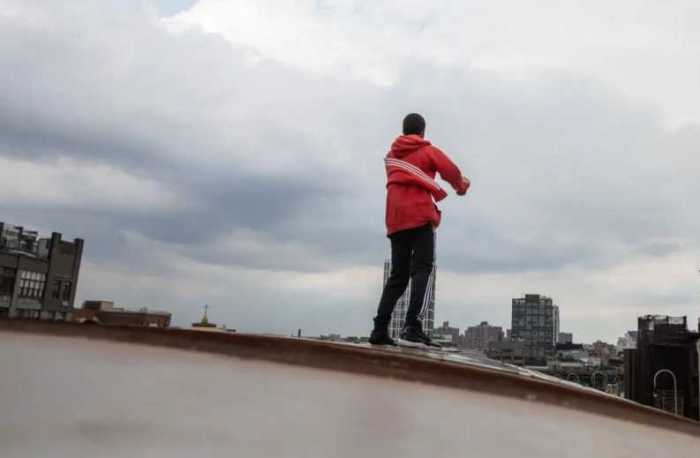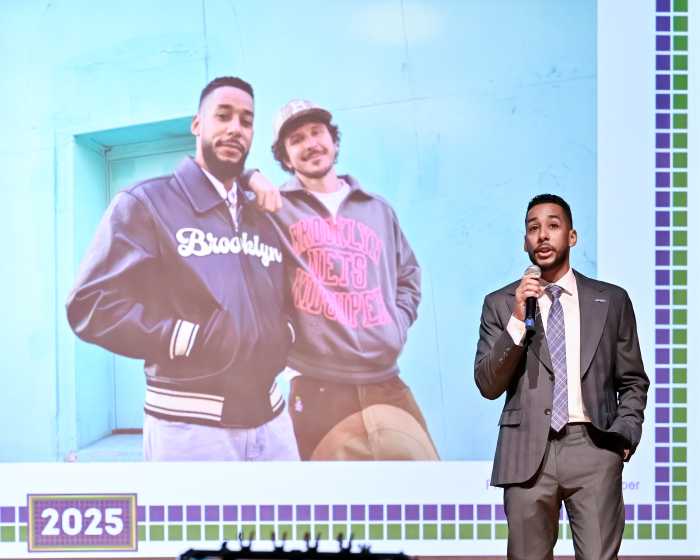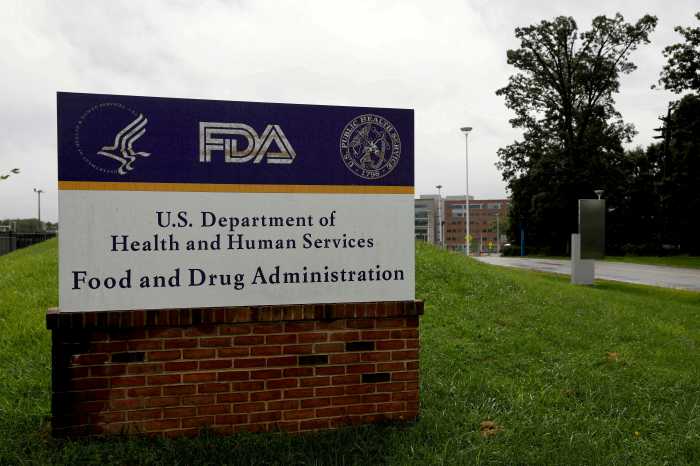
He’s got the fighting moves of a ninja, the brain of a scientist and even a can of shark repellent, but the one element that has been crucial to keeping Batman alive and strong over the last 80 years is his New York spirit.
Everything from the Dark Knight’s persona — to the people he protects and the Art Deco building he perches on — came from the real life Gotham City, according to the creative talent behind his stories. For the New Yorkers who contributed to the character through their writing, art, acting or other skill, the city acted like their own utility belt, helping to tell stories of the superhero.
“New York mythologizes Batman well,” said Paul Levitz, a Brooklyn native and former publisher of DC Comics. “Everything that is unique about the city … adds to that dynamic.”

DC Comics is celebrating the Dark Knight’s big anniversary with its new hard cover collection, "Detective Comics: 80 Years of Batman," featuring tales cherry-picked from his long run of stories.
When Bronxites Bill Finger and Bob Kane first introduced the Dark Knight on the cover and pages of "Detective Comics" No. 27 on March 30, 1939, urban crime was high, and yet the public yearned for escapism through crime related media, especially comic books, according to Levitz. Batman’s take on the genre worked, he said, because his city on the pages melded with those real New York images.
“That was a pretty rough time in the town and the idea of a hero who could operate in that world, and make a difference, was a natural evolution,” he said.
Batman and his world got campier, and more fantastical during the ’50s and ’60s, including the 1966 Adam West television show, but the New York writers and artists didn’t put the city by the wayside, Levitz said. The Big Apple’s influence did make a big comeback when the character returned to his darker roots in the ’70s, around the time when the city itself had become more dangerous.
Marv Wolfman, a Brooklyn native who has written Batman stories since 1971, said he put an emphasis on Gotham City as a character. He mixed the fantasy elements that came before his tenure with the grounded symbols of New York.
For example, he said the Statue of Liberty is represented by the Statue of Justice, and Wayne Manor was located in a Westchester-like suburb.
“To me, Gotham was 14th Street and below,” he said. “Whatever existed in real life, and I was trying to give some credibility … you took what people knew and made the Gotham City version of it, which was darker and grittier.”
Artists and producers who had to portray Batman off the pages, in movies and animation, also took this approach. Michael Uslan, a New Jersey native and the executive producer of all of the "Batman" movies since 1989, said while he was developing the films, he was working in Manhattan and had direct contact with the comic creative team stationed here. So he was able to parlay that to the various film crews.
He noted that "Batman" director Tim Burton and production designer Anton Furst immediately turned to the Big Apple when the script had only one sentence describing the look of Gotham City "as if hell erupted under the earth."
"Anton said, ‘What is this supposed to be?’ Tim ruminated a bit and said, ‘I think this is New York City had there never been planning or zoning,’ " Uslan said. "Anton then goes and studies different styles of architecture and comes back with entire plans for the design of Gotham City, the designs for the Batmobile and the whole look of the picture."
When Kevin Conroy was cast to play the Dark Knight in “Batman: The Animated Series” in 1991, he said he immediately recognized the New York roots of the character. Conroy, a Westbury native who has been living in Manhattan since he moved there to study acting at Julliard at 17, said he too drew from his City experiences behind the acting booth.
The actor, who has voiced the character in more than 300 TV episodes, video games and movies, including the upcoming “Justice League vs the Fatal Five,” said the Bruce Wayne persona was the challenge because that was the character’s real disguise: the quintessential male New York socialite.
“[Batman’s] performance as Bruce Wayne is a sales job,” Conroy said. “You have to be social, you have to function, you have to sell yourself in New York every day.”
For the hero side, Conroy said since he records before the animation begins, he has to go to a dark place to bring out that persona, and thinks about his early morning runs and bike rides in the city.
“I love New York at 3 a.m. It is so dark, and beautiful, and mysterious,” he said. “I know New York at 3 a.m., and from a solitary kind of experience.”
Levitz said that sense of mystery around New York plays a key role in inspiring talent from outside the city to tap into its energy, especially in whatever era that they first experienced it.

Frank Miller, who wrote and drew the four-part miniseries “The Dark Knight Returns,” in 1986, moved from Vermont to New York in the late ’70s to get into the comic book industry. He said he was drawn to the dark and gritty streets of the era and pictured his version of Batman living in those elements.
“I explored the city, filling sketchbooks drawing water towers, rooftops, bridges, pipes everywhere, getting a sense of the complexity of what makes the city. Batman cuts a beautiful figure, clambering across fire escapes and roof ledges,” Miller said in a statement.
While the city has gone through tremendous changes since that time, especially in terms of lessening danger, Levitz said that hasn’t stopped current contributors from telling good Batman stories.
Scott Snyder, a Manhattan native who is one of the writers of this week’s Batman anniversary issue, "Detective Comics" No. 1000, said his Batman story ideas come from a place of current fears, like superstorms, terrorism and economic disparity. But, at the end of the day, Snyder said the Dark Knight’s stories reflect the modern day New York trial-by-fire experience.
”Gotham generates these tremendous villains for him to face … because its role is to challenge him to the absolute extreme, not because it’s some evil place. The goal is to forge him in that fire and come out the other side the best hero he can be,” he said.
Levitz said the city’s changing atmosphere will continue to make Batman accessible to readers for another 80 years. He joked that you may see Batman taking on a bad guy in Brooklyn or Queens and other neighborhoods that are getting the spotlight these days.
“It adds to people believing that this is a unique place,” Levitz said.



